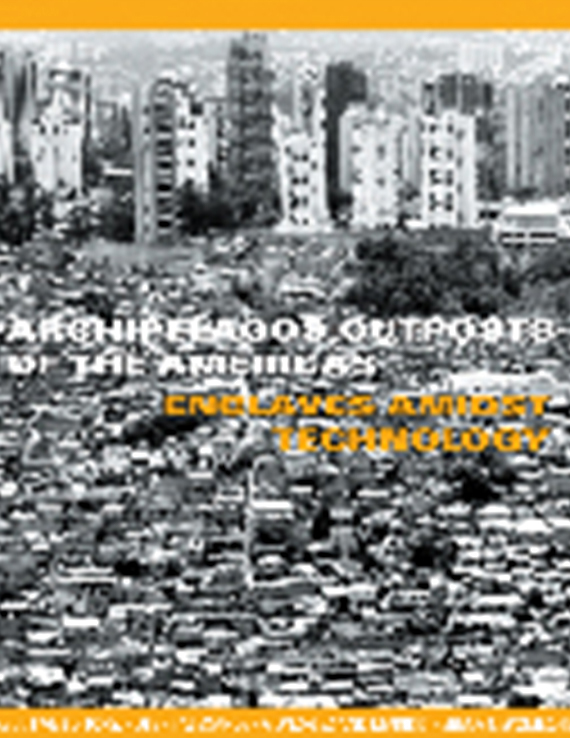Author(s): John Folan & Mary Hardin
The relevance of native technologies in Architectural practice and education is a question of sensibility and ethics. Typically, discussion of native building technology gravitates toward the significance of geographic region and tradition. The bias is logical. Each native technology has evolved in specific response to varying terrestrial and environmental conditions. Consistency of construction modality spanning generations implies the presence of, and even reverence for tradition. We perceive tradition as emanating from understanding of, and response to, fundamental physical principles. There are a series of constants which inform the development and evolution of construction technology. It is the understanding and engagement of those constants that ensures the vitality of native technologies as a model in methodology and application.Each institution has the capability to engage regionally specific native technologies as a means ofestablishing both material and land ethics. Each region will reveal environmental factors that form the core of methodological constancy. We recognize the potential of the academic realm to influence the realm of professional practice if students gain an understanding of the tenets or precepts that guide native technologies. By outlining the pedagogy for a sequence of courses within the technology stream, we illustrate how students are imbued with a sensibility that informs what they make of material. It is important that this sensibility be a portable one; that students who leave this region continue to make design decisions based on a comprehension of the technologies native to their new place.
Volume Editors
Marilys R. Nepomechie & Robert Gonzalez
ISBN
0-935502-54-8

 Study Architecture
Study Architecture  ProPEL
ProPEL 
